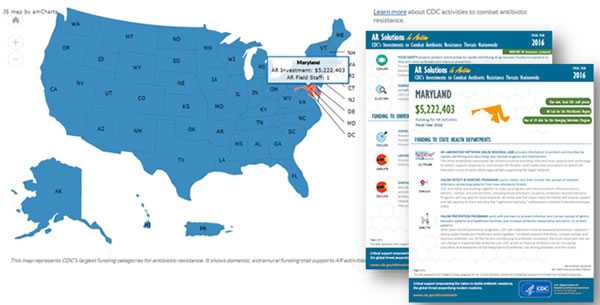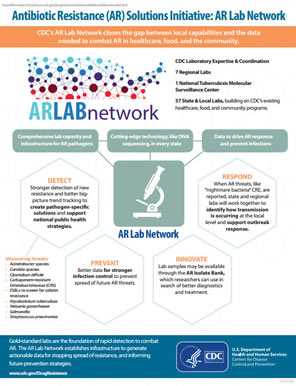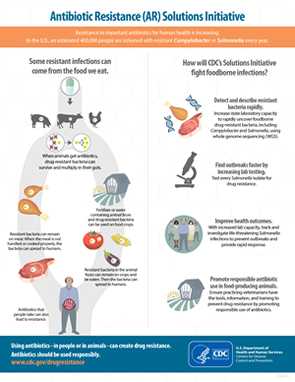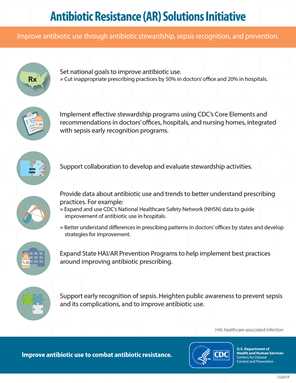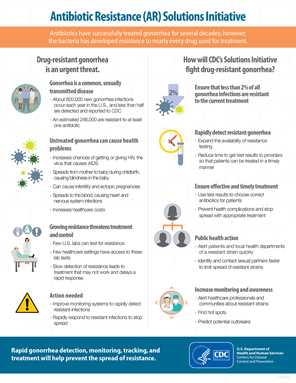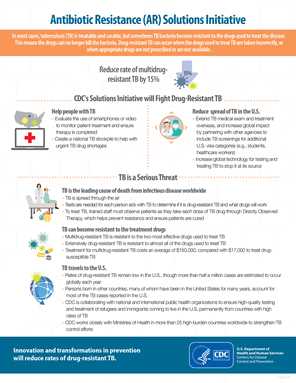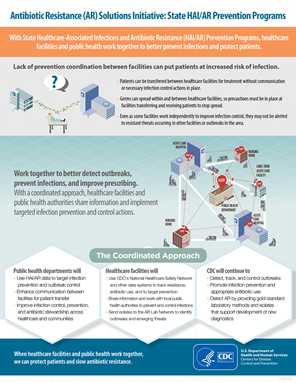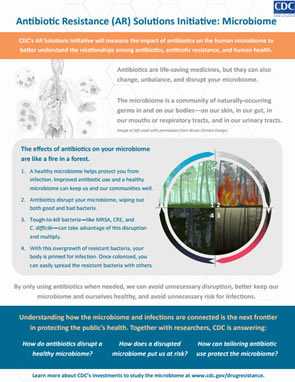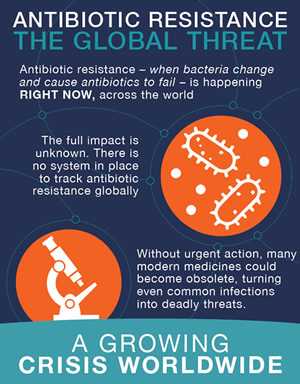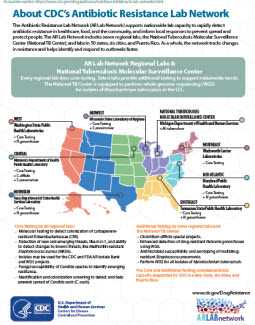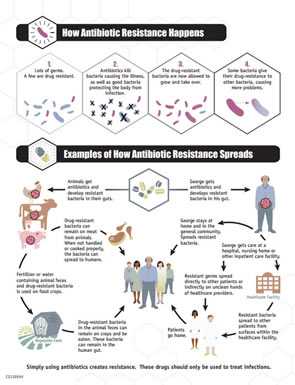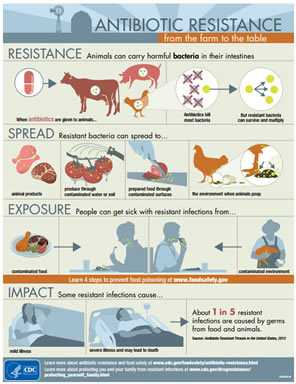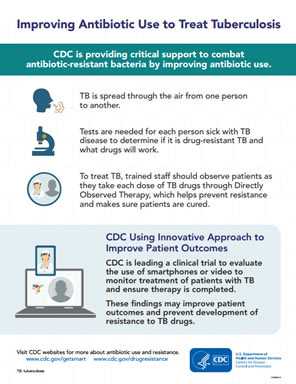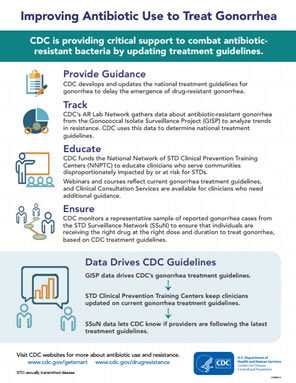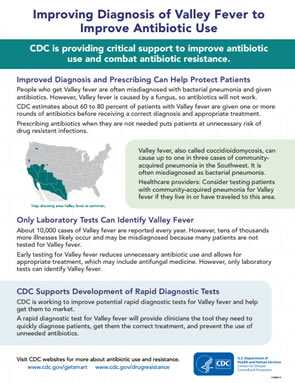Digital Materials
Search and use digital resources related to antimicrobial resistance.
Interactive Web Apps
CDC’s Antibiotic Resistance Investment Map is a public web app providing information on CDC’s key AR activities by state. The printable fact sheets provide information for stakeholders at the state and local level to use and improve understanding of how CDC supports AR activities in their area.
Antibiotic Resistance Patient Safety Atlas
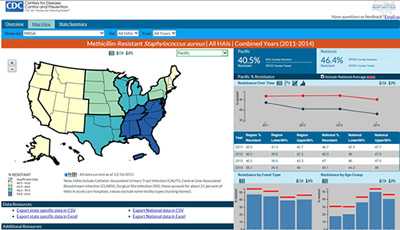
CDC’s Antibiotic Resistance Patient Safety Atlas provides open and interactive data about healthcare-associated infections (HAIs) caused by antibiotic resistant bacteria, which are reported to CDC through the National Healthcare Safety Network (NHSN).
NARMS NOW: Human Data
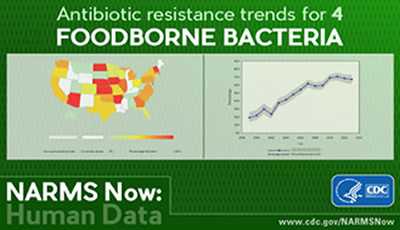
NARMS Now: Human Data is an interactive tool from CDC that contains antibiotic resistance data from bacteria isolated from humans as part of the National Antimicrobial Resistance Monitoring System (NARMS). The tool makes it easier and quicker to find out how antibiotic resistance has changed over the past 20 years for four bacteria transmitted commonly through food—Campylobacter, E. coli O157, Salmonella, and Shigella.
Feature Stories

Improving Antibiotic Use
Combat antibiotic resistance and practice antibiotic stewardship principles: ask your doctor if antibiotics are necessary, take your antibiotics exactly as your doctor tells you, and don’t share or save antibiotics.

Mission Critical: Preventing Antibiotic Resistance
Can you imagine a day when antibiotics don’t work anymore? It’s concerning to think that the antibiotics that we depend upon for everything from skin and ear infections to life-threatening bloodstream infections could no longer work. Unfortunately, the threat of untreatable infections is very real.

Antibiotic Resistance Threats
Antibiotics are powerful tools for fighting illness and disease, but overuse of antibiotics has helped create bacteria that are outliving the drugs used to treat them.
- Page last reviewed: August 23, 2017
- Page last updated: September 15, 2017
- Content source:


 ShareCompartir
ShareCompartir
